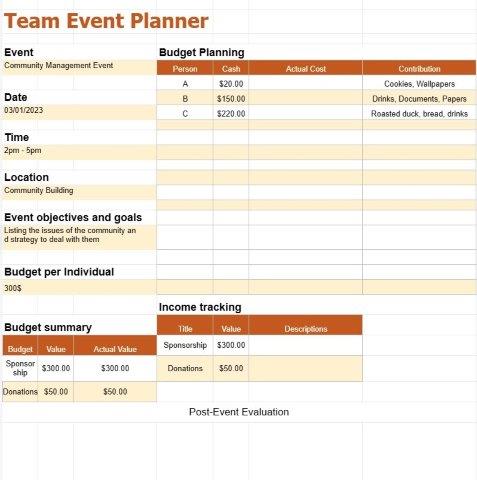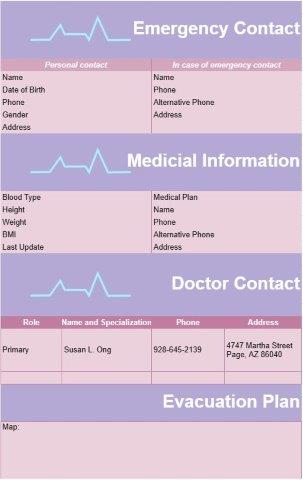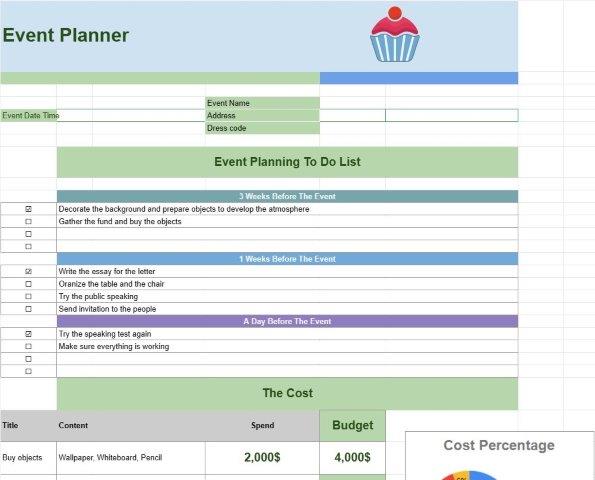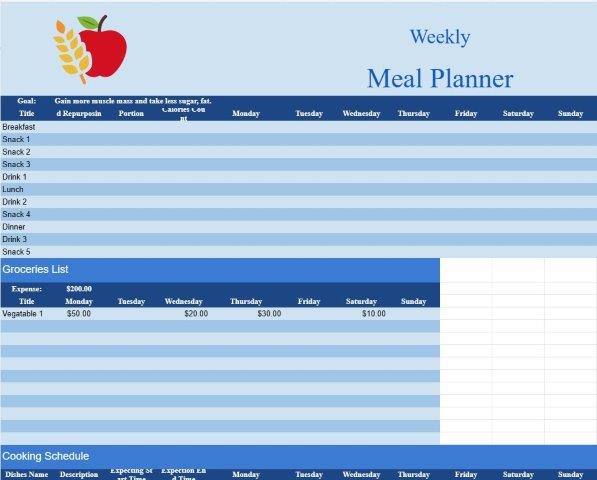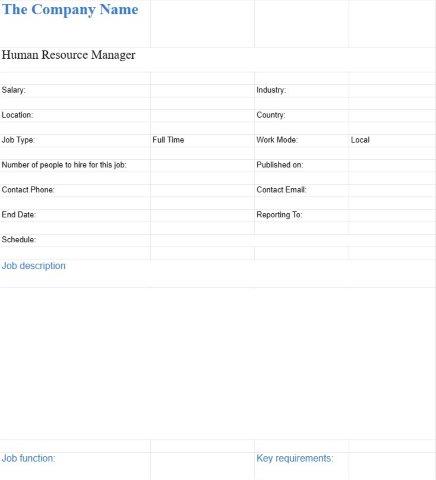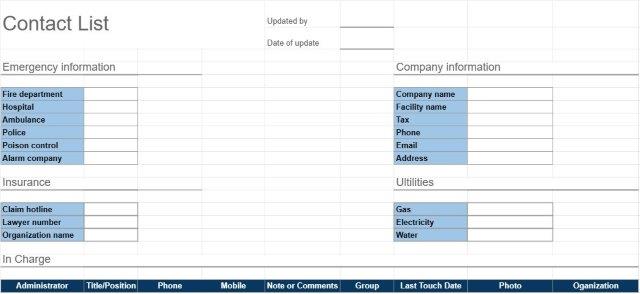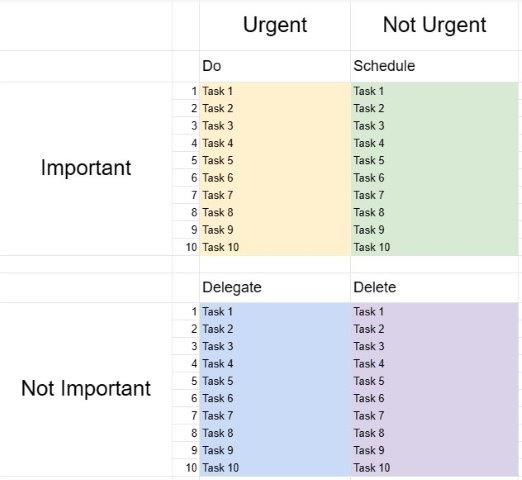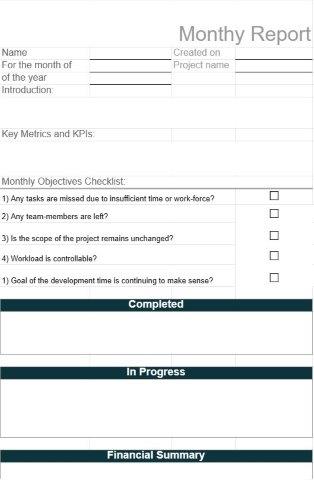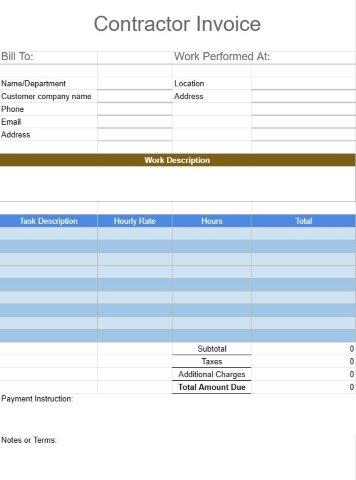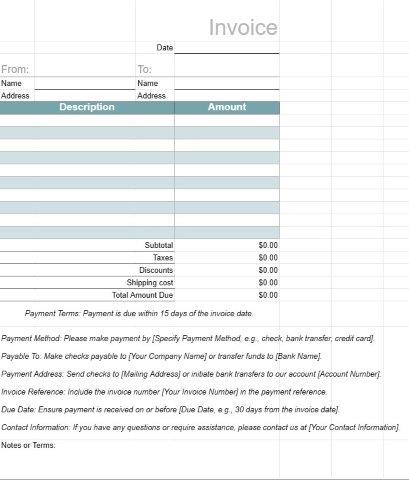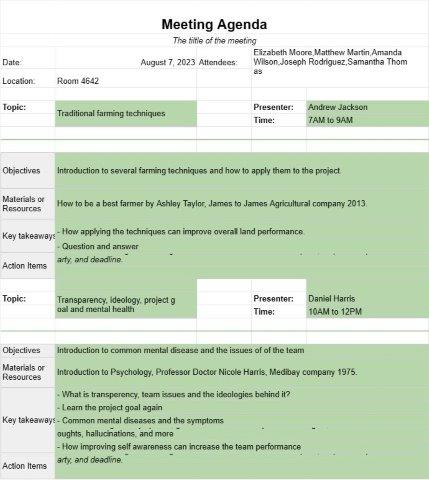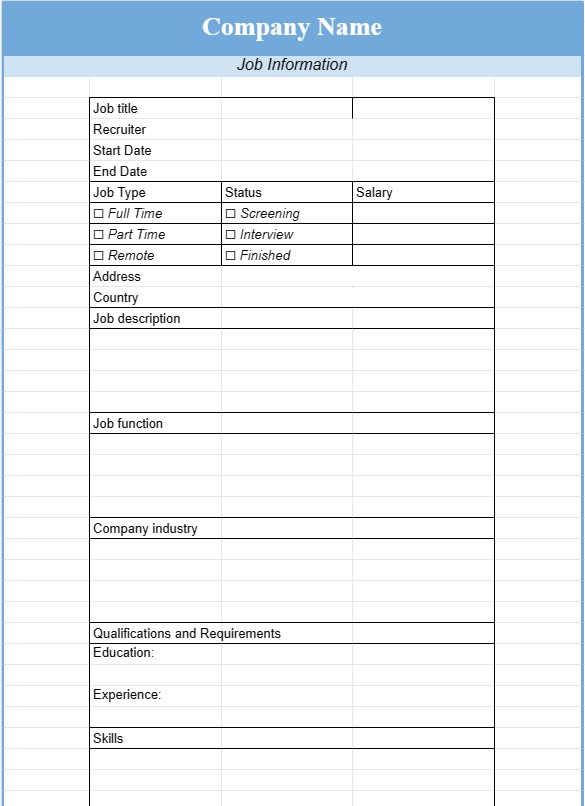

Reclutamiento 2
Categoría : Planificadores
La plantilla de información del trabajo es muy importante para explicar al lector qué es realmente el trabajo.
Una plantilla de documento de información laboral (JID) para contratación es un formato estructurado utilizado por las organizaciones durante el proceso de contratación para recopilar información completa sobre un puesto de trabajo específico. Sirve como un documento de referencia detallado que incluye todos los detalles relevantes sobre el puesto, lo que facilita que los reclutadores, gerentes de contratación y candidatos comprendan las responsabilidades, requisitos y expectativas del puesto.
Aquí están los componentes clave y propósitos de una plantilla de Documento de información del puesto (JID) para la contratación:
- Título del puesto: Indique claramente el título del puesto para identificar con precisión el puesto. Asegúrese de que el título se alinee con la estructura y jerarquía laboral de la organización.
- Departamento/División: Especifique el departamento o división al que pertenece el puesto. Esto ayuda a los candidatos y a las partes interesadas internas a comprender el lugar del puesto dentro de la estructura organizacional.
- Estructura jerárquica: Indique el lugar del puesto en la jerarquía organizacional, incluido el supervisor directo, cualquier subordinado (si aplicable) y roles de pares.
- Resumen/objetivo del trabajo: Proporcionar una descripción general concisa pero completa del propósito, los objetivos y las responsabilidades principales del rol. Esta sección debe servir como referencia rápida para candidatos y reclutadores.
- Responsabilidades y deberes clave: Enumere en detalle los principales deberes y responsabilidades asociados con el puesto. Utilice viñetas o listas numeradas para presentar esta información con claridad. Sea específico e incluya cualquier tarea que sea exclusiva del puesto.
- Cualificaciones y requisitos:
- Educación: Especifique el nivel educativo requerido calificaciones, como títulos, certificaciones o licencias.
- Experiencia: detalle los años mínimos de experiencia laboral relevante que se espera de los candidatos.
- Habilidades: Describe las habilidades, competencias técnicas y competencias esenciales necesarias para tener éxito en el puesto.
- Cualificaciones preferidas: Menciona cualquier adicional calificaciones o habilidades que serían ventajosas para el puesto.
- Indicadores clave de rendimiento (KPI): Si corresponde, describa las métricas, metas u objetivos de desempeño que el empleado en este puesto será el responsable de lograrlo. Esto ayuda a los candidatos a comprender cómo se medirá su éxito.
- Entorno de trabajo: proporcione información sobre el entorno de trabajo, incluidos factores como la ubicación de la oficina, los requisitos de viaje y cualquier condición especial (p. ej. , exposición a materiales peligrosos).
- Salario y beneficios: incluya detalles sobre la compensación, como rango salarial, bonificaciones, beneficios (p. ej., seguro médico, planes de jubilación) y cualquier otros beneficios o bonificaciones. Tenga en cuenta que algunas organizaciones pueden preferir mantener la información salarial confidencial hasta más adelante en el proceso de contratación.
- Instrucciones de solicitud: Describa claramente cómo los candidatos deben postularse para el puesto. Incluya detalles como la fecha límite de solicitud, información de contacto para enviar solicitudes y cualquier documento o información específica requerida (por ejemplo, currículum vitae, carta de presentación, portafolio).
- Declaración de igualdad de oportunidades: Incluya una declaración de igualdad de oportunidades para enfatizar el compromiso de la organización con la diversidad y la no discriminación en el proceso de contratación.
- Descripción general de la empresa: Proporcione una breve descripción general de la organización, su misión y sus valores. , y Cultura. Esto ayuda a los candidatos a alinear sus aspiraciones con el espíritu de la empresa.
- Fecha de publicación: Indique la fecha en que se creó o se actualizó por última vez el JID. Esto ayuda a los candidatos a comprender el cronograma del proceso de contratación.
- Aprobación y revisión: Especifique los nombres o puestos de las personas responsables de aprobar y revisar el JID. Esto garantiza la responsabilidad en el mantenimiento de información laboral precisa.
- Personalización: las plantillas JID se pueden personalizar para satisfacer las necesidades específicas de cada función laboral y organización. Se pueden agregar o modificar secciones según sea necesario.
Al utilizar una plantilla de documento de información laboral (JID) para la contratación, las organizaciones pueden garantizar que todas las partes interesadas tengan acceso a información consistente y completa sobre los roles laborales. Esta transparencia promueve procesos de contratación eficientes y ayuda a los candidatos a tomar decisiones informadas sobre sus solicitudes.
Vista previa y descarga sencilla de la plantilla de hoja de cálculo
Vea la versión completa de una plantilla de hoja de cálculo sin limitaciones para ver si le gusta, luego puede descargar la plantilla de Excel para almacenarla en su dispositivo y usarla de forma gratuita.
Acceda a la plantilla de hoja de cálculo desde cualquier lugar
Esto funciona en todos los sistemas operativos populares, como Windows, MacOS, Linux, iOS. Puedes ver las plantillas de hojas de cálculo y descargarlas sin programas adicionales.
Cómo utilizar una plantilla
Descubra cómo obtener una vista previa, descargar y luego usar la plantilla de hoja de cálculo siguiendo los pasos que son extremadamente fáciles de seguir.
Más plantillas similares
Vea más plantillas de hojas de cálculo que se encuentran en la misma categoría que la elegida.


